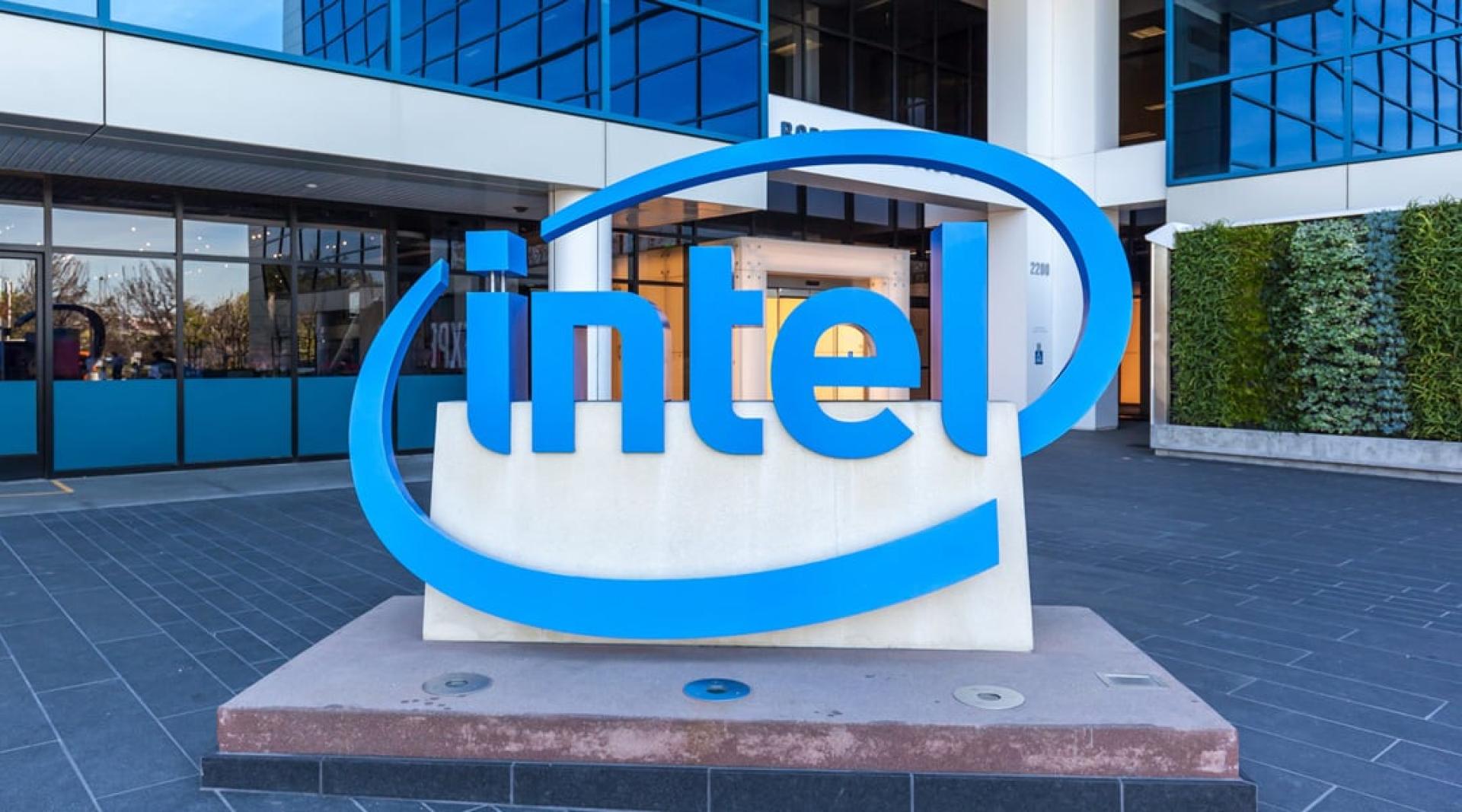The government of the United States is said to be evaluating a major action that could transform the future of the semiconductor sector. Talks have emerged regarding the potential acquisition of as much as a 10 percent interest in Intel, a leading chip manufacturer globally. This notion illustrates the increasing worry about technological autonomy, national defense, and international competition in a domain that serves as the foundation for nearly every contemporary industry.
The proposal aligns with broader efforts to strengthen domestic chip production. Semiconductors are essential for computers, smartphones, vehicles, military systems, and countless connected devices that define modern life. The COVID-19 pandemic exposed vulnerabilities in global supply chains, particularly in semiconductors, where heavy dependence on overseas production created shortages and delays across industries. That disruption highlighted the urgency of regaining greater control over chip manufacturing.
Through investigating an investment with Intel, the United States is indicating an openness to embrace decisive actions. Instead of depending only on subsidies or tax breaks, a direct role in a prominent chipmaker might offer strategic leverage and a means to secure that manufacturing stays strong amidst global challenges. This degree of participation would also reflect a shift away from conventional non-interventionist strategies concerning tech firms.
Intel has historically been viewed as an essential element of American technological progress. Established in 1968, the company significantly contributed to creating microprocessors that fueled the rise of personal computers. Despite encountering hurdles in recent times, such as intense rivalry from firms like AMD and Taiwan Semiconductor Manufacturing Company (TSMC), it continues to be one of the limited number of companies capable of both designing and producing cutting-edge chips within the United States. This fact places it in a distinct spot within national priority discussions.
The tactical significance of a prospective U.S. investment in Intel should not be underestimated.
Countries globally have identified semiconductors as an essential asset, comparable to oil or rare earth elements. China, especially, has invested enormous sums in advancing its own semiconductor industry, aiming for self-reliance and worldwide leadership. In this context, guaranteeing that American corporations continue to lead in chip development and production is more than just an economic concern; it is also a geopolitical matter.
Critics, nevertheless, express worries regarding state control over private businesses. They contend that this kind of involvement might obscure the division between public and private duties, possibly leading to inefficiencies or conflicts of interest. Proponents, on the other hand, argue that exceptional situations demand creative solutions, asserting that the semiconductor industry is too crucial to be exposed to market volatility or global disturbances.
For Intel, the idea of government participation could bring both opportunities and challenges. On one hand, a partnership with the federal government could provide substantial resources, stability, and strategic direction. On the other hand, it could also impose added scrutiny, political influence, and expectations that might complicate decision-making. Balancing innovation, competitiveness, and national interests would be no small task.
The discussion also tackles the wider issue of industrial policy in the United States. For years, economic thought favored limited intervention, letting markets determine results. Conversely, numerous Asian and European nations have actively steered essential industries using subsidies, strategic funding, and forward-thinking planning. The possible U.S. investment in Intel signifies a move towards adopting a more proactive method to ensure technological superiority.
Una parte de este debate se enfoca en el personal. La producción de semiconductores necesita ingenieros, técnicos e investigadores con habilidades avanzadas. Al aumentar la influencia de Intel en los EE. UU., el gobierno podría ayudar a impulsar el aumento de empleos locales en sectores de alta tecnología, al mismo tiempo que invierte en programas educativos y de capacitación para fortalecer el flujo de talento. Esto beneficiaría no solo a Intel, sino también al amplio ecosistema de innovación y tecnología.
Financial considerations are also crucial. A 10 percent stake in Intel would represent a multi-billion-dollar commitment. While the U.S. has already dedicated substantial funds to supporting the semiconductor industry through initiatives such as the CHIPS and Science Act, direct equity investment would mark an even deeper level of involvement. The move would likely attract significant attention from markets, analysts, and competitors around the world.
The global response would also be informative. Countries like Japan, South Korea, and those in Europe have shared comparable worries regarding semiconductor supply chains, with several having initiated their own measures to strengthen local production capacities. A U.S. government interest in Intel could motivate similar actions in other countries, possibly altering international partnerships in the pursuit of technological stability.
From a business standpoint, Intel has detailed ambitious strategies to enhance its production capabilities. The company has revealed plans involving investments worth billions in new manufacturing facilities across the United States and Europe. These plants are designed to produce advanced chips to support technologies ranging from artificial intelligence to self-driving cars. Government participation could speed up these efforts and offer protection against financial uncertainties.
Nevertheless, obstacles persist. The semiconductor sector is well-known for its cyclical nature, characterized by peaks and troughs that challenge even the most robust firms. Government control wouldn’t protect Intel from rivals or technological challenges. Competitors are making swift progress, and the pace of innovation is at an all-time high. For the U.S., putting resources into Intel would demand a forward-looking approach, endurance, and a clear comprehension of how to harmonize business sustainability with national interests.
The wider context encompasses security matters. Semiconductors play a crucial role in defense mechanisms, satellite technology, and communication infrastructures. Guaranteeing that the United States retains consistent access to state-of-the-art chips is considered vital for maintaining military preparedness and safeguarding confidential information. By backing Intel, the government might reinforce an essential component of national defense.
Public opinion will also play a role. Citizens have grown increasingly aware of the importance of semiconductors, particularly after shortages drove up the prices of cars, electronics, and consumer goods. Framing the potential investment as a measure to protect jobs, strengthen the economy, and enhance security could resonate positively. Yet, skepticism about government spending and corporate bailouts could fuel criticism if the initiative is not carefully explained.
The ongoing discussion regarding Intel highlights wider issues in global economic and political landscapes. Leading in technology has emerged as a key challenge in the 21st century, impacting commerce, international relations, and even cultural dynamics. By contemplating this action, the United States recognizes that semiconductors represent more than just an ordinary product; they are crucial for future growth and safety.
As discussions progress, the question remains whether the government will move from consideration to action. Acquiring a stake in Intel would be a landmark decision, setting a precedent for future engagement with private industry. Whether it is ultimately embraced or rejected, the very fact that it is being considered signals a profound shift in the way the U.S. views its role in safeguarding technological advantage.
Por el momento, la industria de semiconductores sigue desarrollándose a un ritmo impresionante. Los progresos en inteligencia artificial, computación cuántica y dispositivos de borde requieren chips cada vez más potentes y eficientes. Intel, a pesar de sus desafíos, sigue siendo un actor clave en este escenario. Si los Estados Unidos decidieran invertir directamente, no solo impactarían la trayectoria de una empresa, sino también el equilibrio de poder en un mundo cada vez más competitivo e interconectado.
Ultimately, the argument highlights a basic fact: semiconductors are crucial to contemporary economies, and managing their creation is vital for national security and economic development. The possible U.S. involvement in Intel signifies more than just a financial deal; it showcases strategic goals in a time when technology determines both success and influence. People around the globe will keenly observe how this conversation progresses and the implications it holds for the future of worldwide innovation.



:max_bytes(150000):strip_icc()/GettyImages-22099526461-695f119f7b254a52aee8839ff8d99daf.jpg)
